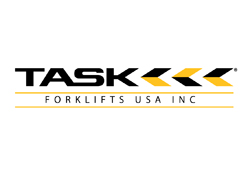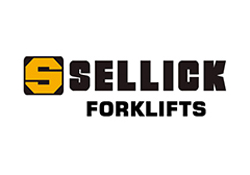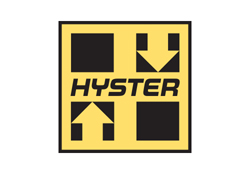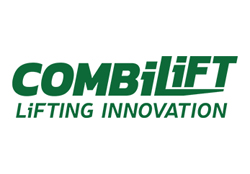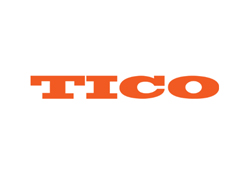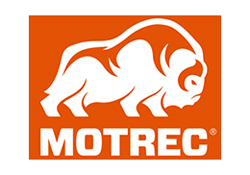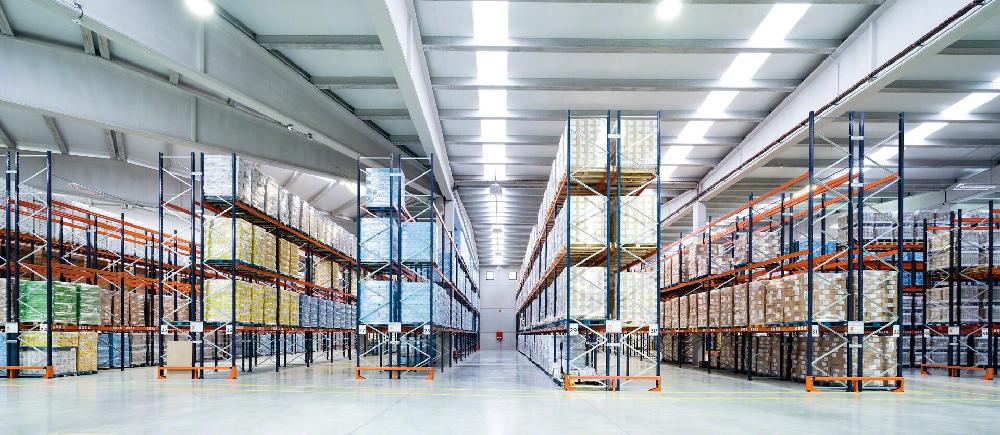
Are you utilizing your warehouse storage space efficiently? Utilzation of storage space in a warehouse facility is a precious commodity today. Whether you are trying to utilize the space you have or adding additional warehouse space, making sure to use your space wisely can be a win-win. Figuring out the best practices for how to utilize your warehouse storage space can save money in transportation, create faster order fulfillment, and provide a safer working environment for warehouse staff.
Figuring out how you are using your warehouse storage space is not as complicated as you may think. To get an accurate number you must not only calculate the total warehouse space but also account for any utilized space within the warehouse.
Capacity in your warehouse can be calculated by:
- Measuring the size of your warehouse, length x width, will give you your total square footage of warehouse space.
-
- 500 ft x 200 ft = 100,000 sq ft total warehouse space
- Measure the amount of non-storage space such as offices and other facilities that will not be used for storage. Subtract that number from your square footage to get your usable space.
-
- 200 ft x 50 ft = 10,000 sq ft non-usable space
- 100,000 sq ft – 10,000 sq ft = 90,000 sq ft usable warehouse space
- Look at your ceiling area and determine your clear ceiling height. This is the height of storage space from the ground up. Make considerations for any lighting, ventilation, fire sprinkler systems, or any other elements that may be impeding this space. Multiply this number by your usable space measurement. This will give you your total cubic feet of warehouse capacity.
-
- 90,000 sq ft x 30 ft = 2,700,000 cubic ft usable space
How well are you using your warehouse space?
Analyze your warehouse space to figure out how you are using it and how you can make it better if necessary. Calculating your space utilization will make sure you are using your available space efficiently. Having a utilization of between 22% to 27% is an optimal use of space.
Using the calculations above, the total storage capacity is 2,700,000 cubic feet. Determine how much of that space you are using by using these steps:
- Measuring your pallet rack footprint.
- Calculate the total vertical storage capacity.
- Multiply the capacity of each pallet rack by the total number of racks.
This number will give you the warehouse storage cube. A good number for this example would be between 594,00 and 729,000 cubic feet. Anything lower or higher should be a sign to re-evaluate the storage layout and design of the warehouse.
Storage cube size below 22% could indicate that you need to re-evaluate your storage space layout for potential wasted space. More than 27% could mean warehouse staff is having a hard time picking and stocking items causing higher labor costs. Re-evaluating storage space layout could save your organization money better used elsewhere.
Are you maximizing your storage solution options?
Identifying usable warehouse storage space is not the only thing to take into consideration when trying to increase your warehouse capacity. Here are a few other suggestions to help maximize your storage solutions.
- Storage Solutions – The storage solutions that you choose to use will also have an impact on your storage utilization. Choosing the right storage solution for the right product can also help reach optimal storage capacity. Storage solution options available are:
-
- Pallet Racks – Roll-formed pallet racks are the most popular, functional racking in the industry. As the best solution for warehouse systems with palletized products, they store a wide variety of goods.
- Push Back Racking Systems – Push back racking systems are designed for high density, multi-product storage. It combines excellent selectivity and maintenance-free structures.
- Cantilever Racks – Cantilever racks are heavy-duty storage solution with load-bearing arms anchored to a steel column. These frames leave the front of the racks unimpeded by structural elements for direct pick access to goods.
- Drive-In Drive-Thru Pallet Racks – Optimize space with a high-density rack solution that is ideal for multi-pallet storage of low-rotation product. Storage by accumulation with excellent use of available space.
- Pallet Flow Racks – Pallet flow racks fully utilize available storage space and ensure the picking aisle has access to stocked pallets. First-in/First-out (FIFO) movement provides optimal product turnover of goods with expiration dates.
- Carton Flow Racks – Carton flow racks separate picking and stocking tasks into different aisles. Full cartons and split cases stored here save up to 75 percent of labor costs compared to a static storage solution.
- Metal Point Boltless Shelving – Adjustable steel shelving that is easily adapted to all spaces and settings.
- Wide Span Shelving – Wide span shelving is designed for storage areas in which goods are handled manually.
- Warehouse Organization – After choosing the pallets, racks, and boxes that best work for your warehouse, organizing them for optimal storage utilization. Organizing your cube will also increase your warehouse staff’s efficiency as they can move around more efficiently.
- Find Space Above – Looking at your clear height space may help you find more usable storage space. If it is possible to reposition infrastructure such as lighting or cameras, you may be able to maximize your clear height space for additional warehouse storage.
- Seasonal Inventory – If your facility stores seasonal inventory, it may be beneficial to calculate this into your utilization for peak season as well as off-season. Rearranging for seasonal inventory wouldn’t be necessary or beneficial.
- Growing Room – Utilizing your storage cube capacity greater than 27% leaves little room for potential growth and new products. If your business is booming and you have utilized all of your available space, it may be time to expand.
- Don’t Guess – Never try to guess at how much of your facility you are using for storage. The best way to know for sure is to use the numbers or have a professional calculate it for you. Knowing your true numbers will help you build the most efficient warehouse for your business.
This example is not intended to take the place of the professional warehouse estimating personnel we can provide you with at Gregory Poole Lift Systems. We can help you figure out the best options for your warehouse space utilization and keep your organization from wasting space, time, and money.
